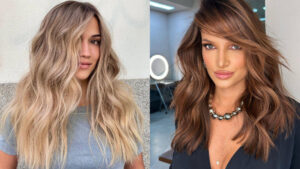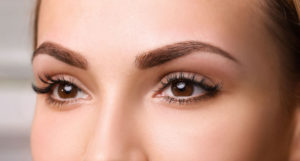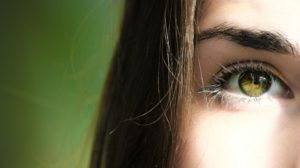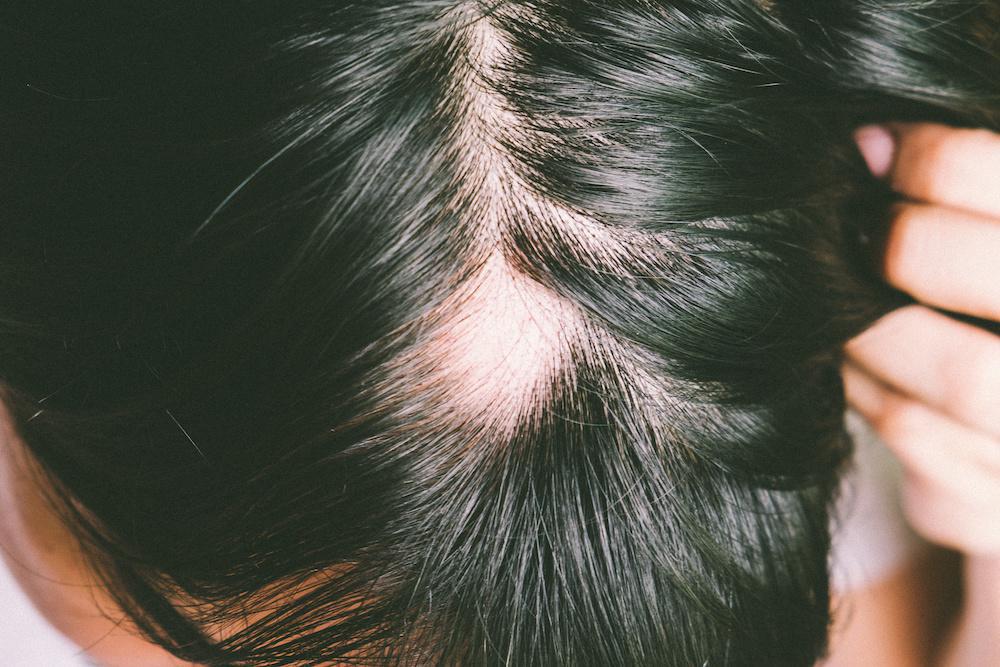
Although alopecia is very common in men, women can also suffer from it. Today different types of alopecia are known in women and men. Would you mind getting to know them, along with the best home remedies to alleviate them?
Alopecia is a problem that can affect both men and women, and it characterizes a decrease in hair density, which can be generalized or localized and permanent or temporary. It is also known simply as hair loss and can be due to different causes, such as the following.
Most Common Causes of Alopecia
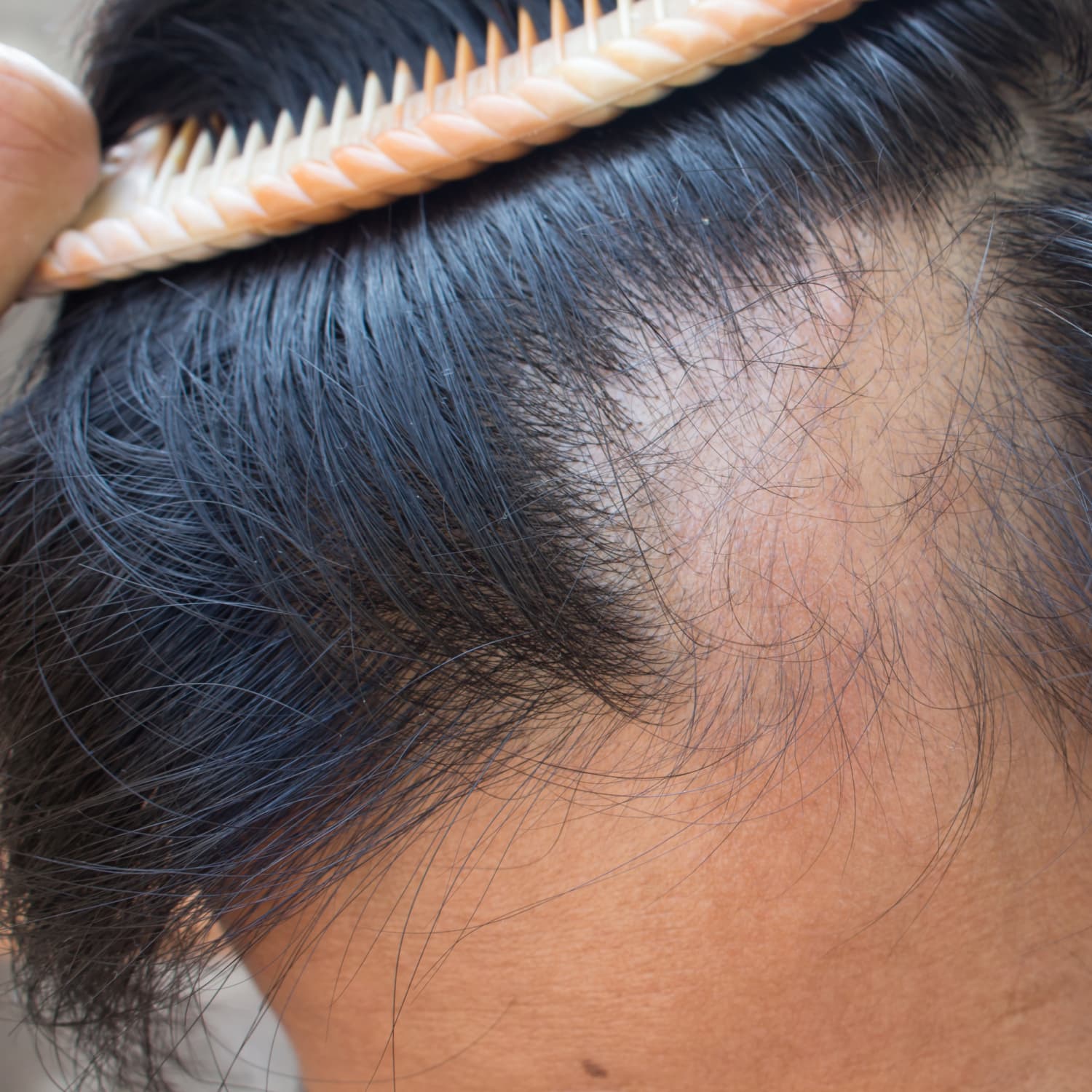
Alopecia is a common condition that affects more than 50% of men and 30% of women for different causes. Although it seems that it is only an aesthetic problem, it can affect the quality of life and self-esteem of those who suffer it. Dermatologists specialized in trichology are in charge of studying alopecia. Hair loss usually begins at the crowns and recesses in men and the hairline in women.
The main symptoms of alopecia are the loss of hair density and, consequently, an increase in hair loss (taking into account that, under normal conditions, you lose about 100 hairs every day, but these we can renew). Hair grows one centimeter per month, then goes into a three-week resting stage to shed for three to four months. In some cases, alopecia causes itching and pain on the scalp.
The causes of alopecia are too many. More than 100 have been detected. The primary androgenetic alopecia or common baldness, but other factors include anemia, immune diseases, stress, poor diet, medications, infections, and thyroid problems.
- Genetics. One of the leading causes is the genetic factor that makes you lose hair from a certain age.
- Hormonal problems Thyroid disorders that cause hormonal imbalances in both men and women can also cause alopecia. Pregnancy is another related cause of temporary alopecia.
- Stress. Anxiety, nerves, and stress are the causes of many diseases, and hair loss is no exception.
- Medicines. We all know that chemotherapy can cause hair loss, but it is not the only drug that does. Contraceptives, blood thinners, and those prescribed for heart problems, gout, and high blood pressure can also make your hair weak and fall out.
- Diseases. Health problems such as anemia, diabetes, infections, and lupus are some of the diseases that can cause alopecia.
Types of Alopecia in Men and Women
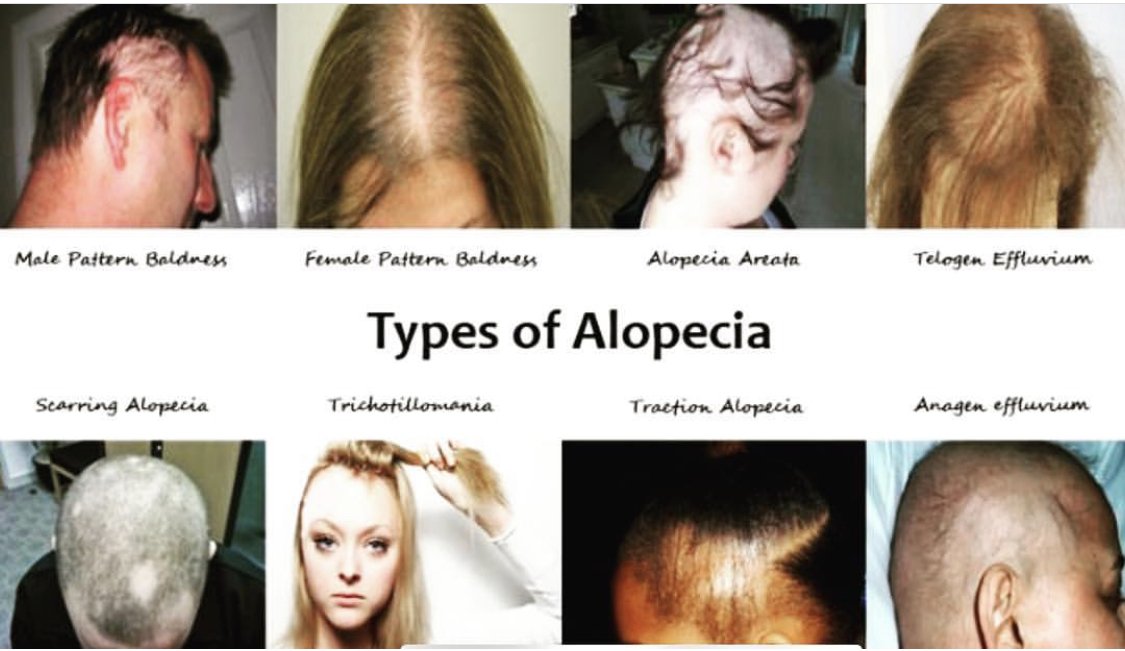
It is currently possible to distinguish between several types of alopecia. Each one has different causes, and a dermatologist will determine them by carrying out the necessary studies and asking you a series of questions reviewing the area in question.
Androgenic
Androgenic alopecia or common baldness causes progressive hair loss. It is the most common cause of alopecia in men, but it is pretty rare in women. It causes progressive hair loss due to its weakening due to converting terminal hair follicles to hair follicles.
It usually begins in the crown and the recesses; its progress can end in total baldness, leaving hair only in the occipital area and above the ears. Topical minoxidil is generally prescribed to slow the process, and women can use hormonal medications; The advancement of science also currently makes it possible to carry out hair transplants with small grafts and excellent results.
Areata
Now, what is alopecia areata? It is a type of hair loss that generally occurs in childhood and adolescence, although it can appear at any age. It can occur in a localized or generalized way in both sexes. Its causes can be psychological or autoimmune, combined with genetics, and caused by trauma to the head, dental or eye irritations.
Also known as universal alopecia, it is characterized by hair loss in oval or round plates between 2 and 5 cm; it can also affect the beard and eyebrows. It generally occurs in outbreaks with subsequent reprobation. Current treatments for alopecia areata are not effective, although they may prescribe corticosteroids or minoxidil, among others.
Telegenic Effluvium
It Characterizes by causing intense hair loss due to the acceleration of the evolution of the hair follicles that causes a slow and progressive fall. The causes of this type of alopecia are various, from diets that cause nutritional deficits, infections, diseases, thyroid problems, trauma, surgeries, stress, and the use of some medications.
Although there is no treatment for telegenic effluvium, its symptoms disappear once the trigger or leading cause ceases.
Scarred
The destruction of hair follicles causes scarring or scarring alopecia as a result of an inflammatory process. Its cause can be genetic, infections, neoplasms, wounds, radiotherapy, burns, and in other cases, unknown.
This type of alopecia has no treatment; it is irreversible. However, it is vital to treat the affected area to prevent the surrounding follicles from being destroyed.
Nervous
As its name implies, nervous alopecia is caused by nervous causes, psychological pressures, or any factor that can alter the functioning of your body. It usually lasts between 6 weeks and 3 months, but it can be chronic if you don’t eliminate its cause.
Stress alopecia is more common in women than men because they are more likely to worry daily.
Seborrheic
Seborrheic alopecia occurs when you suffer from seborrheic dermatitis on the scalp. Its main symptoms are flaking, inflammation, and dandruff that progressively causes hair loss.
The treatment is the same as seborrheic dermatitis since it is necessary to eradicate the leading cause to control alopecia. Hair massages, maintaining hygiene, and avoiding fatty or sugary foods are some tips that you should follow.
The Best Treatments for Alopecia
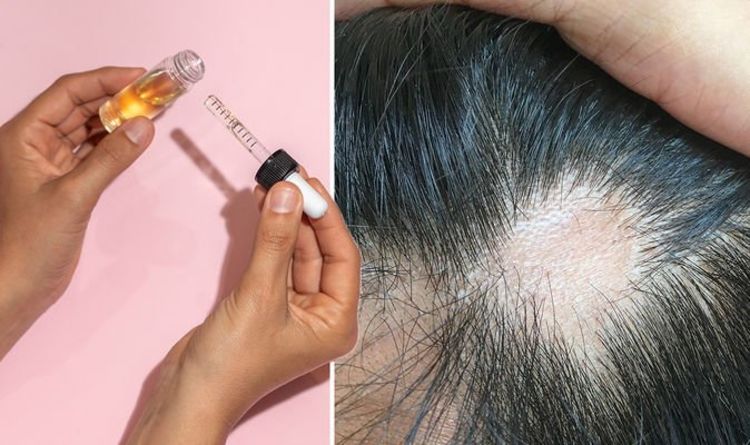
If you suffer from this problem, you must be looking for the definitive alopecia treatment. Well, following some tips with homemade tricks, you can strengthen your hair and bring it back to life.
- Simple tricks. Avoid exposure to the sun, sea, or river water, and the use of gels and products that contain chemicals are some of the tips to avoid hair loss. It also recommends that you avoid brushes, the abuse of caps or hats, tweezers or hooks, dryers, iron, and dyes.
- Biotin mask. Combine natural ingredients such as egg yolk, olive oil, brewer’s yeast, and aloe vera to create a mask that will strengthen your hair, preventing it from falling out.
- Recipe with cinchona. This tree has beneficial medicinal purposes. Among them, it strengthens, thickens, and gives vigor to your hair. You can prepare a hair tonic with pomace brandy, salt, and cinchona bark.
- Aloe for hair. It is not necessary to mix many ingredients to improve the health of your hair. By adding aloe vera pulp to your shampoo or conditioner, you can take advantage of all its virtues. Aloe Vera is a natural hair loss remedy.
- Watercress and basil mask. These two ingredients contain properties that will enhance your hair growth, strengthen and renew it. You have to combine them with olive oil, water, and vitamin E.
- Vitamins for hair. You can incorporate vitamins into your shampoo, conditioner, or any previous recipes to take advantage of their properties, such as strengthening hair and preventing hair loss. The most recommended vitamins are A, B5, E, and H. By adding them to your hair products, you can create a shampoo for alopecia and more.
